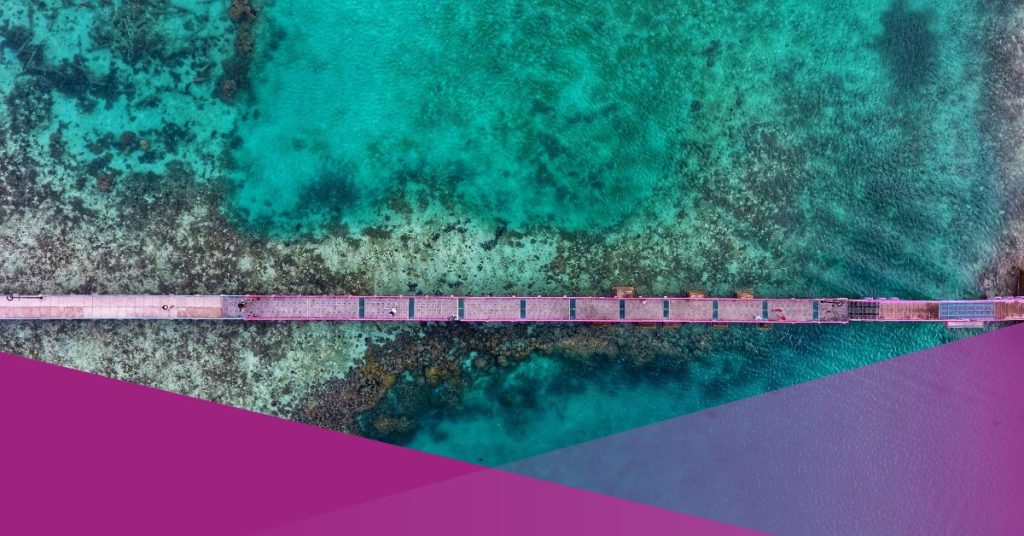Indonesia’s tourism sector is surging back with ferocious momentum, recording a milestone 10.04 million foreign arrivals between January and August 2025, the highest such tally since the COVID-19 era, the Ministry of Tourism announced Friday.
That figure marks a 10.38% year-on-year increase over the same period in 2024, when Indonesia saw 9.09 million international visitors.
In August alone, Indonesia drew 1.51 million foreign visitors, up 12.33% from 1.34 million the previous year.
Almost 20% Spike in Domestic Travel
While foreign arrivals are recovering strongly, domestic travel is doing much of the heavy lifting. From January to August 2025, Indonesian citizens recorded 807.55 million domestic trips or equal to a 19.71 % increase year-on-year.
This domestic engine fuels infrastructure, hospitality, and local demand. Combined with foreign spending, projected to reach IDR 344 trillion in 2025, tourism is expected to contribute IDR 1,269.8 trillion (≈ 5.5 % of GDP) to the economy this year.
Outlook: 14–16 Million Foreign Arrivals, But Quality is Key
Despite a strong first half, Indonesia’s target for 2025 remains ambitious — 14 to 16 million foreign arrivals.
Substantially, much of the government’s energy now focuses less on volume and more on “quality tourism”. Travellers who stay longer, spend more, and positively engage with local communities and ecosystems.
Emerging destinations are also part of that strategy. Places like Labuan Bajo on Flores have already been elevated to “priority tourism destination” status, and are being repositioned as alternatives to Bali.
The hope is to spread visitor traffic, reduce strain on overburdened hotspots, and drive more sustainable investment across the archipelago.
What’s Changing? New Rules Every Foreign Traveller Should Know
Digital Arrival Card & Streamlined Entry
Beginning September 2025, all international travellers arriving in Bali, plus other key airports and ports, must complete a digital arrivals declaration via the All Indonesia app. This replaces multiple forms (immigration, health, customs) with a unified process. A QR code from this submission becomes part of your immigration processing.
New Tourism Law
In October 2025, Indonesia passed the Third Amendment to the Tourism Law (Law No. 10 of 2009), reflecting a strategic pivot toward integrated tourism ecosystems, community-based stewardship, and digital transformation.
The revised law mandates holistic development: from promoting village tourism and tourism education, to empowering local stakeholders and strengthening sustainable destination management.
Incentives for Tourism Workers
A notable incentive for workers in the tourism sector: from October to December 2025, the government will absorb PPh 21 tax on wages up to IDR 10 million/month for eligible employees in tourism-related KBLI sectors. This scheme is expected to continue into 2026.
What Expatriates Should Keep in Mind
- Plan your arrival carefully. The new digital arrival card must be submitted in advance (typically 72 hours), and some traditional forms are being retired.
- Respect local rules. Bali and other provinces are tightening dress, conduct, and payment norms. Violations can lead to fines or ejection.
- Embrace domestic travel. Use the strength of Indonesia’s internal tourism to explore secondary destinations like West Sumatra, Sulawesi, or Eastern Indonesia rather than just Bali or Java.
- Monitor visa and immigration changes. Entry privileges, visa policies, and digital procedures are evolving; stay current, especially for longer-term stays.
- If you travel to Bali, budget for the levy. The Bali Tourism Levy of IDR 150,000 tax is a real factor in your travel to Bali. Make sure to include the levy value along with your hotel or travel costs, especially in Bali.

































